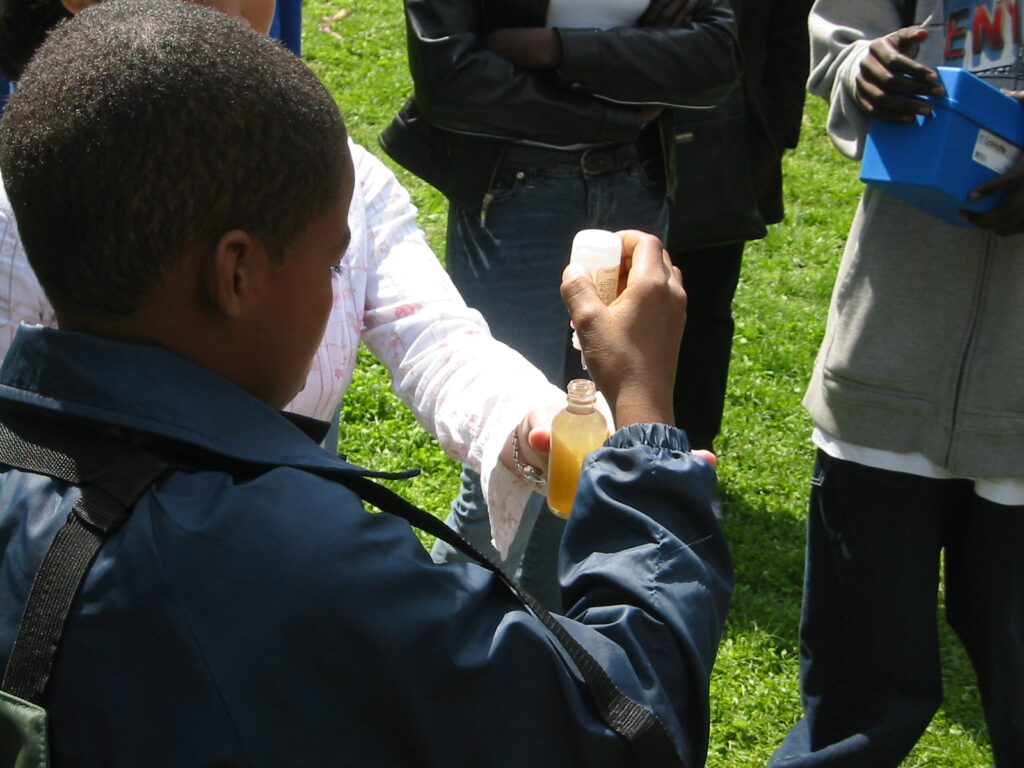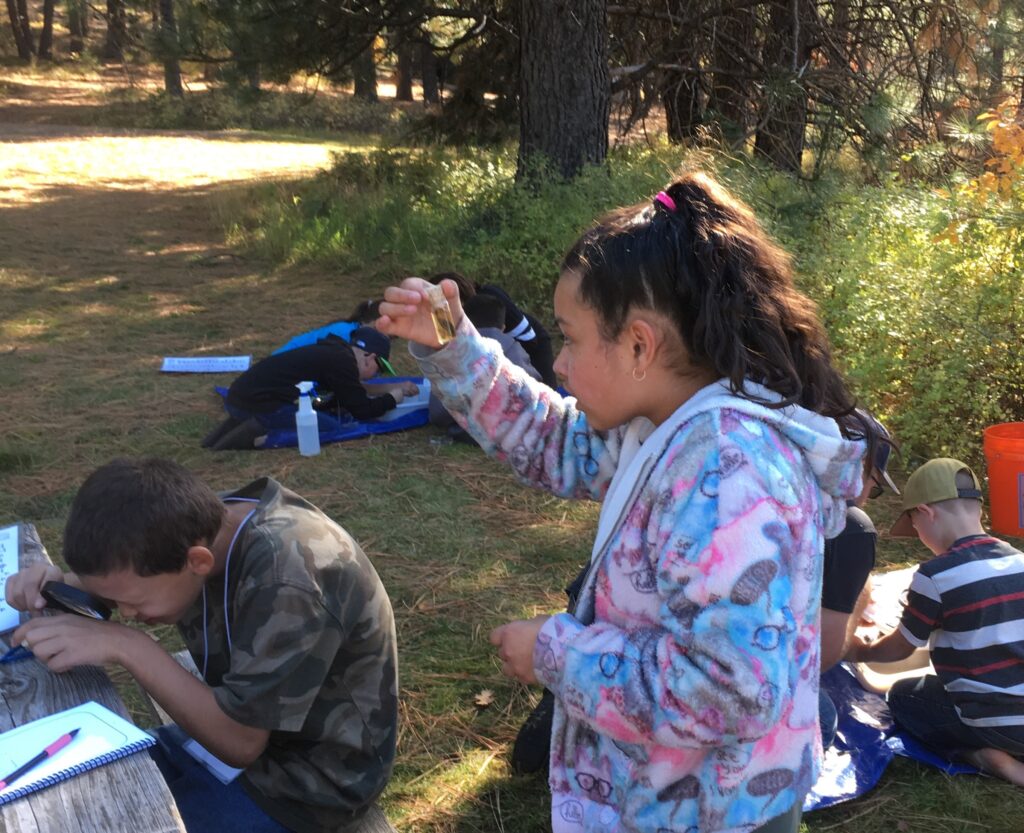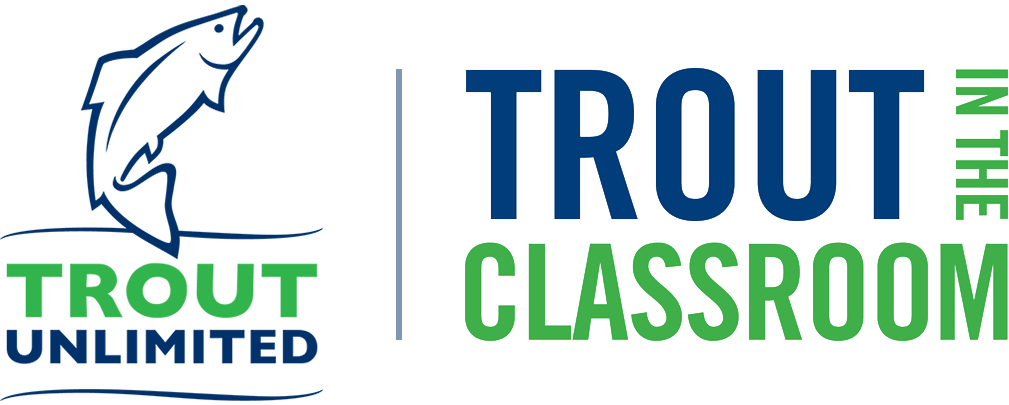- Designed by Sharon Hicks, TIC teacher, for the NYC and NYC Watersheds Trout in the Classroom program.
- Made possible with funds from the Catskill Watershed Corporation in partnership with New York City Department of Environmental Protection
Objective: #
To understand that pollutants are important to monitor and measure in very small quantities
Background: #
When aquatic systems are shared for drinking water and habitat it is important to monitor the quality of those systems for all interested parties.
Introduction: #
As part of an ecology unit we can study a local stream and measure substances in mg/L or ppm. Many environmental pollutants have harmful effects even at very low concentrations. In this lab students compare different concentrations of a pollutant in water.
Problem: #
Can you detect a pollutant in water at a very low concentration?
Materials: #
- Chem-plate
- Plastic dropper and stirrer
- Food coloring
- Water
- Lab sheet
Procedure: #
- Read the entire procedure. Have students write a prediction about the results they expect. When do they predict you will no longer be able to detect the “pollutant” (food coloring)?
- Use a plastic dropper to add 9 drops of water to each cup #1-9 of the chem.-plate. Try to make all the drops the same size.
- Add 1 drop of food coloring to cup #1. Record the total number of drops (water and dye) now in this cup on the data table. Swirl gently to mix.
- The concentration of dye in cup #1 is 1 in 10 drops or 1 part per 10. Record this concentration in the data table.
- Now rinse the dropper and use it to transfer 1 drop of the mixture from cup #1 into cup #2. Swirl to record the number of drops and the concentration of this cup in the data table. [Hint: the drop added has a concentration of 1 part (dye) per 10 parts (water). When you dilute that drop to 1/10 of its strength, the new concentration is 1 part per (10 X 10).]
- For cup # 3 through 9, add 1 drop from the previous cup. Record each new concentration in the data table.
- Observe the water in each cup. Record your observations. If you do not observe any color in a cup, write “colorless.”
Wrap-Up: #
Follow-up topics could include: biomagnifications or bioaccumulation – concentrations of pollutants increases as you move up the food chain or up trophic levels of an energy pyramid.







